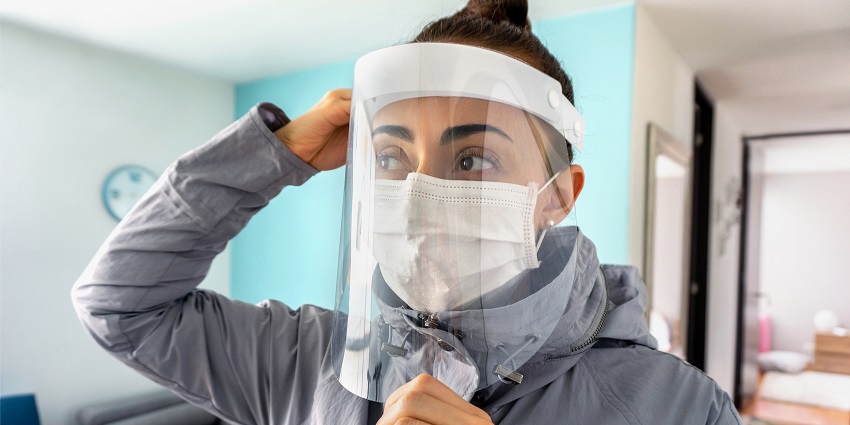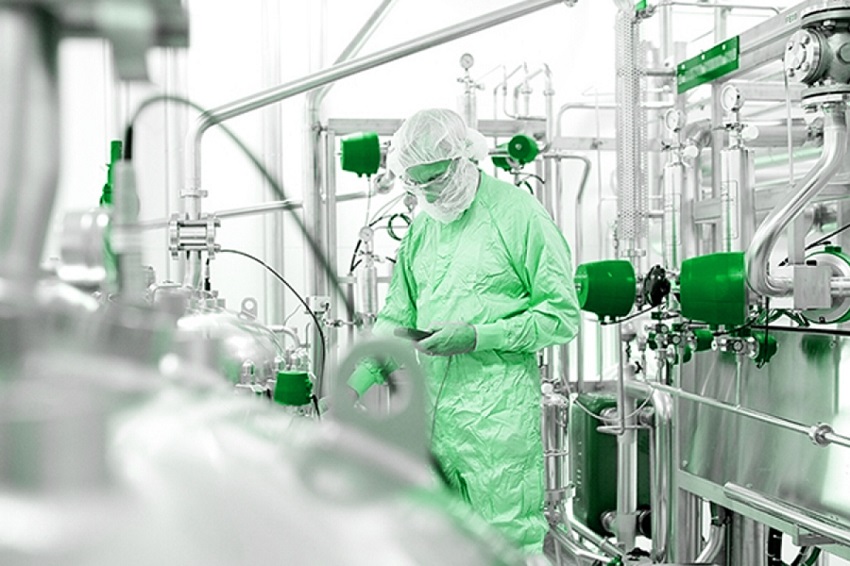ISO cleanrooms are highly controlled environments where the concentration of airborne particles is minimized to ensure the quality of sensitive processes. Cleanrooms are utilized in various industries such as pharmaceuticals, electronics, healthcare, and manufacturing. The cleanliness of a cleanroom is crucial for maintaining product integrity and safety. One essential aspect of working in a cleanroom is wearing appropriate personal protective equipment (PPE). In this article, we will explore the PPE requirements for ISO cleanrooms and their importance in maintaining a controlled environment.
What is a Cleanroom?
Before diving into the topic of PPE requirements for ISO cleanrooms, it is important to understand what a cleanroom is. A cleanroom is a controlled environment in which the concentration of airborne particles is regulated. This regulation is essential for industries that require high levels of cleanliness to prevent contamination. Cleanrooms typically have strict protocols in place to maintain cleanliness, including the use of appropriate PPE such as cleanroom suits.
Importance of PPE in ISO Cleanrooms
Personal protective equipment (PPE) plays a crucial role in maintaining cleanliness and ensuring the safety of personnel working in ISO cleanrooms. The primary purpose of PPE in a cleanroom is to minimize the introduction and release of particles and contaminants that could compromise the controlled environment. Here are some key reasons why PPE is important:
- Protection Against Contamination: ISO cleanrooms have specific cleanliness requirements, ranging from ISO Class 1 (highest cleanliness) to ISO Class 9 (lowest cleanliness). Wearing the right PPE helps prevent the introduction of particles, fibers, and other contaminants that may be present on personal clothing or exposed skin. By minimizing contamination, the integrity of processes and products can be maintained.
- Minimizing Human Contaminants: Personnel working in cleanrooms naturally produce contaminants such as skin flakes, hair, and moisture. PPE, including coveralls, masks, gloves, and hairnets, helps to minimize these human contaminants from entering the cleanroom environment. This is particularly important in industries such as pharmaceuticals and electronics, where even a small particle can cause significant issues.
- Ensuring Safety: In addition to maintaining cleanliness, PPE in ISO cleanrooms also ensures the safety of personnel. Cleanroom coveralls, gloves, and masks provide a barrier against hazardous chemicals, substances, or processes that may be present in the cleanroom. They help protect the wearer from potential harm, such as chemical spills or exposure to harmful substances.
- Preserving Product Integrity: The importance of PPE in ISO cleanrooms goes beyond cleanliness and safety. Wearing appropriate PPE helps preserve the integrity of the products being manufactured or handled in the cleanroom. Contamination can lead to product defects, failures, or compromised quality, which has significant implications in industries such as pharmaceuticals or microelectronics.
PPE Required for ISO Cleanrooms
The specific PPE required for ISO cleanrooms can vary depending on the cleanliness class and the industry-specific regulations. However, there are some common PPE items that are typically required in ISO cleanrooms. Here are the essential PPE items for working in ISO cleanrooms:
1. Cleanroom Coveralls
Cleanroom coveralls, also known as cleanroom garments or bunny suits, are essential PPE for personnel working in ISO cleanrooms. These coveralls are designed to minimize particle shedding and are made from synthetic materials that have low linting properties. The coveralls provide full-body coverage, including hoods, to prevent particles and contaminants from personal clothing from entering the cleanroom environment.
2. Gloves
Gloves are critical PPE in ISO cleanrooms as they provide hand protection and prevent contamination from exposed skin. Cleanroom gloves are made from specialty materials that minimize particle generation and are designed to be non-shedding. These gloves are typically made from materials such as nitrile or latex, and they come in different sizes and thicknesses to accommodate various tasks and user preferences.
3. Masks and Face Shields
To protect the respiratory system and prevent the release of respiratory particles, cleanroom personnel are required to wear masks or respirators. These masks are designed to filter out particles from the air and are made from materials that have low particle shedding properties. Face shields or goggles may also be required to protect the eyes from chemical splashes or airborne contaminants.
4. Hairnets and Shoe Covers
To prevent the introduction of particles and contaminants from hair and shoes, cleanroom personnel are often required to wear hairnets and shoe covers. Hairnets are designed to effectively trap loose hairs and prevent them from becoming airborne. Shoe covers, usually made from non-linting materials, provide a barrier between footwear and the cleanroom floor, reducing the risk of contamination from particles or substances that may be present on shoes.
5. ESD-Safe PPE
In cleanrooms that handle sensitive electronic components, personnel may be required to wear electrostatic discharge (ESD)-safe PPE. ESD-safe PPE, such as ESD-safe gloves and footwear, helps mitigate the risk of damaging electronic devices through electrostatic discharge. These specialized PPE items ensure that static electricity is safely dissipated, preventing potential damage to sensitive components.
Conclusion
In conclusion, personal protective equipment (PPE) is crucial for maintaining cleanliness, safety, and product integrity in ISO cleanrooms. PPE helps minimize the introduction and release of particles and contaminants, preventing contamination of processes and products. Cleanroom coveralls, gloves, masks, hairnets, shoe covers, and ESD-safe PPE are among the essential items required for working in ISO cleanrooms. By wearing the appropriate PPE, personnel can contribute to the maintenance of a controlled environment and ensure the quality of products in industries that rely on cleanroom processes.
Frequently Asked Questions (FAQs)
- Are there different types of cleanroom coveralls available?
Yes, there are different types of cleanroom coveralls available depending on the cleanliness requirements and industry-specific regulations. These coveralls may vary in terms of material, construction, and level of particle shedding properties.
- Can the same PPE be used across different ISO cleanroom classes?
While some PPE items may be used across different ISO cleanroom classes, the specific requirements can vary based on the cleanliness class and industry-specific regulations. It is important to follow the guidelines and protocols specific to the cleanroom in question.
- Do cleanroom personnel need to change PPE at specific intervals?
Yes, it is common practice for cleanroom personnel to change their PPE at specific intervals to prevent the accumulation of particles, contaminants, or chemicals on the equipment. The frequency of PPE changes can vary depending on the specific protocols and industry requirements.
- Are there any special considerations for handling sensitive electronic components in cleanrooms?
Cleanrooms that handle sensitive electronic components may have additional requirements for PPE, such as ESD-safe gloves and footwear. These specialized PPE items help protect electronic devices from electrostatic discharge and potential damage.
- Can PPE alone ensure cleanliness in an ISO cleanroom?
While PPE is an essential component in maintaining cleanliness in ISO cleanrooms, it is not the only factor. Adhering to proper cleaning procedures, following strict protocols, and implementing appropriate airflow and filtration systems are also crucial to ensure the overall cleanliness of the cleanroom environment.

